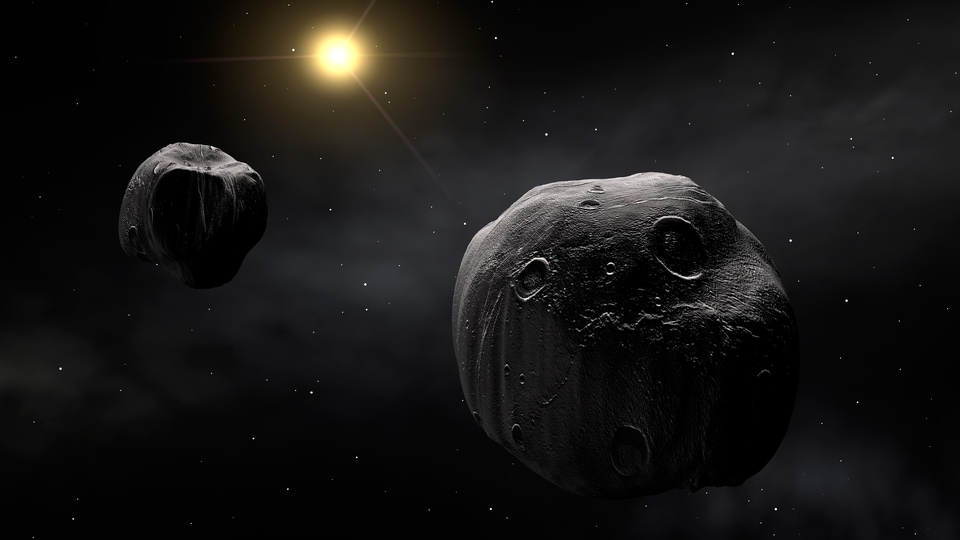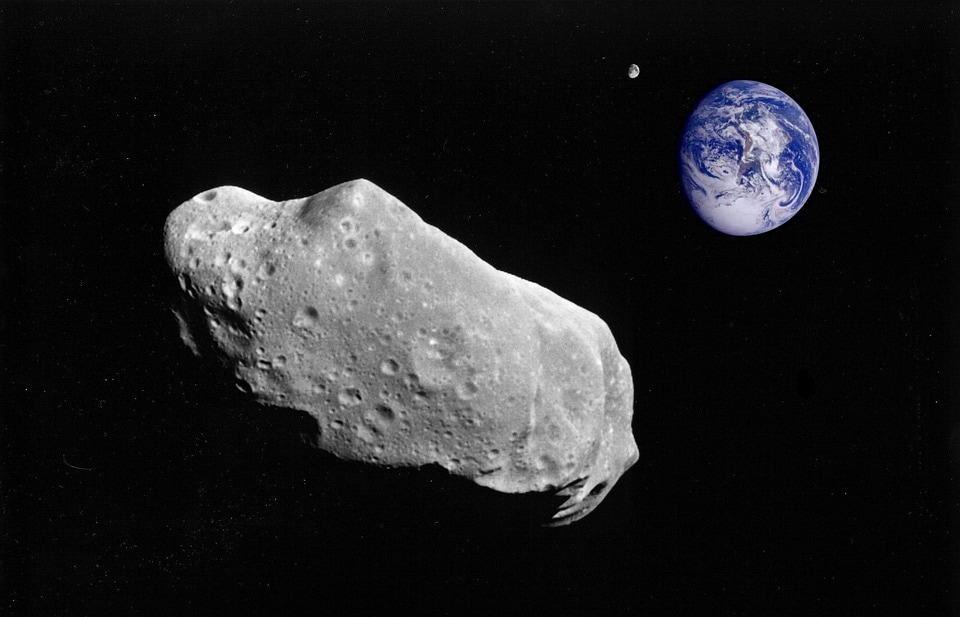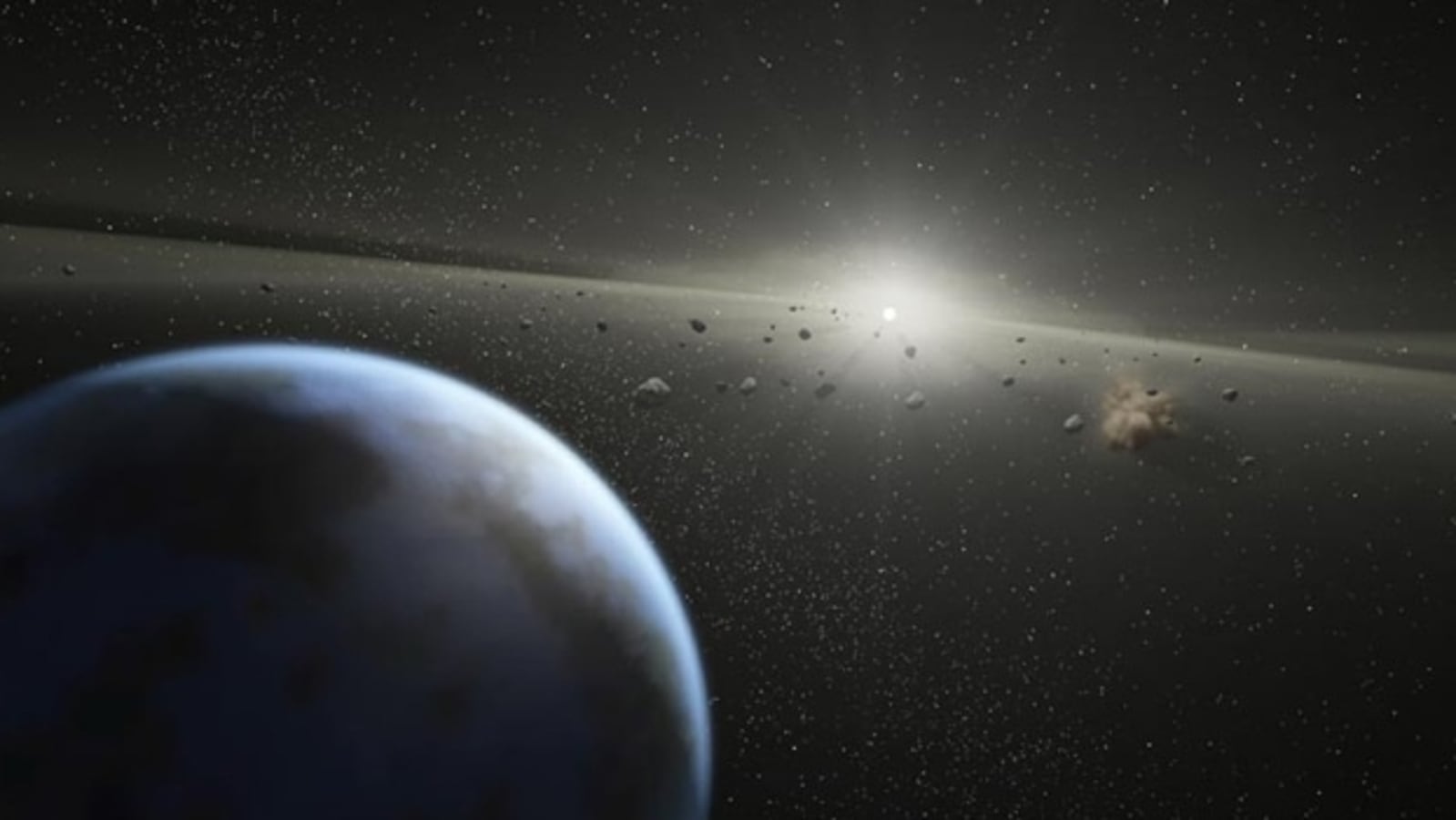62-foot asteroid to make close approach to Earth today; NASA reveals details
NASA expects a huge asteroid to make a close approach to Earth today, January 24. Here’s what the space agency said.






 View all Images
View all ImagesAsteroids are dangerous space rocks and history has so many instances of it. Of the really notable ones is the one that collided with the planet nearly 65 million years ago, which is said to be the reason behind the extinction of dinosaurs. Though the collision was cataclysmic and caused the dinosaurs to cease to exist, our planet survived! Does this mean that Earth cannot be destroyed by an asteroid even though living things on it may go extinct? Absolutely not! A big asteroid can do even that. Due to the Earth's gravitational pull, the planet tends to attract celestial objects like asteroids and meteors towards it leading to surface impacts.
The responsibility of keeping a watch on these Near-Earth Objects (NEOs) falls to NASA who uses its various ground and space-based telescopes to monitor and flag these objects.
Now, NASA has revealed that another asteroid is on its way hurtling towards Earth today.
Asteroid 2019 BZ4 key details
NASA has warned that Asteroid 2019 BZ4 is on its way towards Earth today, January 24, travelling at a staggering speed of 20171 kilometers per hour. It will make its closest approach to the planet at a distance of 6.3 million kilometers. According to NASA, Asteroid 2019 BZ4 is almost the size of a commercial aircraft with a width of nearly 62 feet!
According to the-sky.org, Asteroid 2019 BZ4 belongs to the Apollo group of asteroids which are a group of near-Earth asteroids named after the humongous 1862 Apollo asteroid, discovered by German astronomer Karl Reinmuth in the 1930s.The asteroid orbits the Sun in around 735 days. During this trip, its farthest point from the Sun is at 327 million kilometers and its nearest point is 150 million kilometers.
Did you know?
One asteroid that NASA is studying up close, called Bennu, has a 1/2700 chance of impacting Earth between 2175 and 2195. The OSIRIS-REx spacecraft will complete a 2-year investigation of Bennu before plucking a sample of asteroid material off its surface and delivering it back to Earth. Along with collecting a sample, OSIRIS-REx will also be studying how light absorbed from the Sun and re-radiated by Bennu affects its orbit—and consequently, how that orbit could become more dangerous for Earth.
Catch all the Latest Tech News, Mobile News, Laptop News, Gaming news, Wearables News , How To News, also keep up with us on Whatsapp channel,Twitter, Facebook, Google News, and Instagram. For our latest videos, subscribe to our YouTube channel.




























